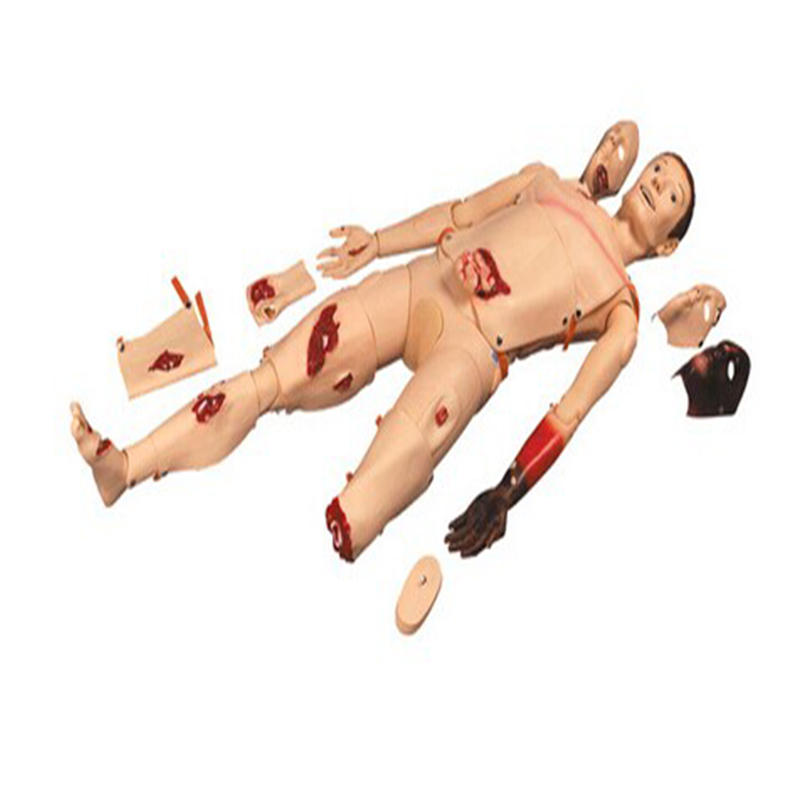As an important tool for modern medical education and first aid training, trauma simulators have broad development prospects in the future. The following are predictions of its future development trends:

First of all, with the continuous advancement of technology, trauma simulators will become more intelligent and realistic. Using advanced computer technology, artificial intelligence and virtual reality technology, a more realistic and detailed simulation environment can be created, allowing medical staff to have a deeper understanding of trauma situations and improve treatment skills during training. For example, future trauma simulators may have more accurate physiological response simulation functions and can simulate different disease changes and reactions, allowing medical staff to make more accurate judgments and treatments when facing real patients.
Second, trauma simulators will focus more on personalized and differentiated training. Different medical staff have different skills and experience levels, and future trauma simulators may provide personalized training programs based on the actual situation of medical staff. By adjusting parameters such as simulation difficulty and disease type, trauma simulators can better meet the training needs of different medical staff and improve training effects.
In addition, trauma simulators may be integrated with other medical technologies and equipment. For example, it can be combined with intelligent robots, telemedicine and other technologies to form a more complete first aid training system. Through remote control and real-time feedback functions, medical staff can perform simulated operations in different locations to improve first aid efficiency and quality.
At the same time, as society's demand for first aid knowledge and skills increases, the application fields of trauma simulators will also be further expanded. In addition to medical institutions, schools, communities, enterprises and institutions, etc. may also become application places for trauma simulators. This will enable more people to access and learn first aid knowledge and improve the first aid capabilities of the entire society.
However, it is important to note that the development of trauma simulators also faces some challenges and limitations. For example, issues such as technology cost, maintenance cost, and update speed may affect its promotion and application. Therefore, while promoting the development of trauma simulators, we also need to pay attention to their sustainability and economy.
To sum up, trauma simulators have broad development prospects in the future, but they also face some challenges and limitations. Only through continuous innovation and improvement can it better play its role and provide more comprehensive and in-depth support for medical education and first aid training.
